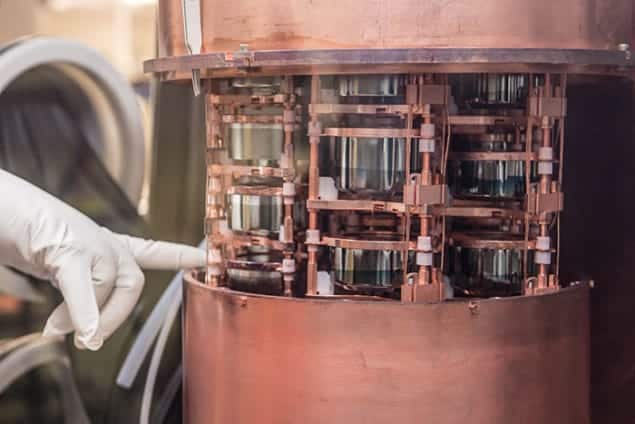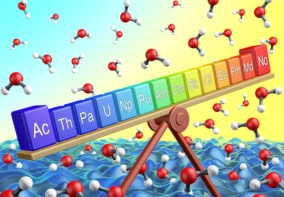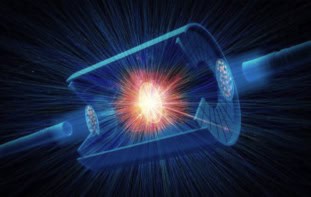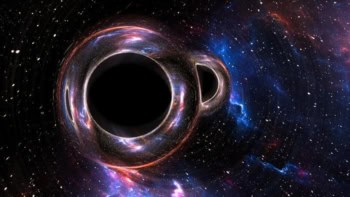
A US experiment to search for neutrinoless double-beta decay has got the green light to start operations. The Majorana Demonstrator, located at the Sanford Underground Research Facility in South Dakota, received “Critical Decision 4” from the Department of Energy (DOE) in March. The decision certifies that the experiment met its “performance parameters”, including the need for ultra-low background measurements.
“The DOE held us to the line and made sure we built something that we can use to do good science,” says Lawrence Berkeley National Laboratory physicist Alan Poon, the Majorana Demonstrator’s detector group leader. “Because we know we have met all these basic requirements, now we start doing physics and trying to improve on the instruments and try to discover new signs.”
The Majorana Demonstrator has been gathering data with one operating module since June 2015 and presented data on background levels last year at the Neutrino 2016 conference in London. However, with the experiment’s second module having been installed late last year together with the detectors’ final and outermost polyethylene layer added to the copper-lead shielding in March, the construction of the experiment is now fully complete.
Annihilating neutrinos
To search for neutrinoless double-beta decay signals, the experiment will use 30 kg of enriched germanium-76 detectors. The decay process involves two neutrons simultaneously decaying into two protons, emitting two electrons and two antineutrinos. If the neutrino is a Majorana particle – its own antiparticle – then the two antineutrinos would annihilate each other before leaving the nucleus – hence neutrinoless double-beta decay.
Poon and colleagues have also teamed up with the GERDA experiment at the Gran Sasso National Laboratory in Italy to create the Large Enriched Germanium Experiment for Neutrinoless ββ Decay (LEGEND) alliance. Members from GERDA were involved with the Majorana Demonstrator’s design and construction and LEGEND will co-ordinate efforts to search for neutrinoless double-beta decay.
Bernhard Schwingenheuer from the Max Planck Institute for Nuclear Physics in Heidelberg, who is co-spokesperson for the GERDA experiment, says that the different shields on the two experiments will help them establish critically low background levels for detecting neutrinoless double-beta decay. GERDA’s liquid-argon shield sends clear flash signals of interference while the Majorana shield’s inner copper layer has a high purity, which is critical for precluding misleading signals. Schwingenheuer and Poon are confident that LEGEND will help usher in a new stage of collaboration, which includes raising the amount of enriched germanium from 65 kg to 100 kg by 2019, with a goal of reaching 200 kg by that date.
Bigger than Higgs
If the LEGEND team does manage to discover neutrinoless double-beta decay, it would indicate lepton-number violation – where the number of leptons minus the number of antileptons is not conserved – which some theorists believe it could explain why there is more matter than antimatter in the universe. “If the lepton number is violated in this neutrinoless double-beta decay, that would be a major breakthrough, bigger than the Higgs boson discovery,” says Schwingenheuer. “If you find this decay you will have only a handful of events [and] you want to have an extremely low background so you want to be extremely sure that it is not something else.”
Writing in Physical Review Letters, Poon and colleagues have analysed data from the first module and have been able to exclude four proposals of exotic physics beyond the Standard Model at a confidence level of 90%. These are the existence of bosonic dark matter; the coupling of solar axions to matter; electronic transitions that violate the Pauli exclusion principle; and the decay of the electron.



